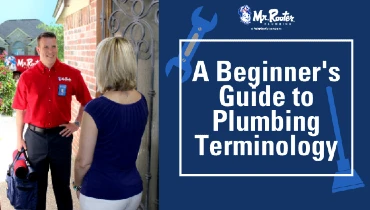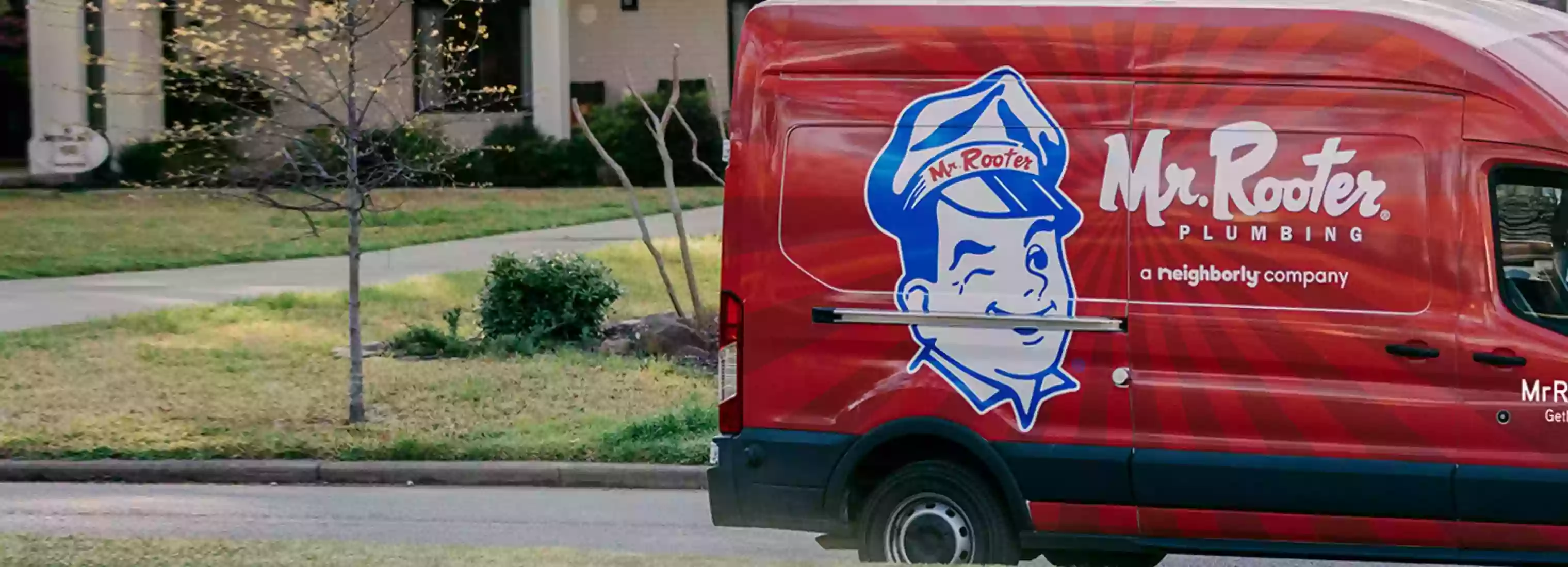A Beginner's Guide to Plumbing Terminology

When things go wrong with your plumbing, you want to find a solution — and fast! Maybe you have a toilet that keeps running or a shower that never seems to have hot water. If you call a plumber, it's good to know some basic plumbing terminology so you can describe the issue. Knowing key terms for explaining plumbing issues to a professional can go a long way in making sure your problem gets solved quickly and effectively.
Plumbing Terminology
Let's start with a few basic terms you may find helpful when discussing issues with a professional.
Types of Fixtures
There are lots of different kinds of fixtures, but if you are not a plumber, you probably only need to know about the ones in your home. The most common types include toilets, bathtubs, showers and sinks. Your first step in explaining issues to a plumber will be to identify the fixture that is causing problems.
Indoor Plumbing Terminology
From leaky pipes to clogged drains, countless issues can come up in any plumbing system. Taking care of them quickly can prevent damage to your home. Here are some terms to know when explaining your plumbing issue to a professional:
- Float valve: A valve that gauges the level of water in a tank and shuts off the flow of water when it reaches a certain capacity. This valve controls the water flow in your household toilet tank.
- Main drainpipe: The piping that goes from your home directly to the septic system or whatever underground system you have. The wastewater from all your pipes eventually comes through the main drainpipe.
- Overflow: Type of drain that prevents a fixture from overfilling. You can probably see one in your bathroom sink — it's a small hole in the bowl of the sink that connects to the sink drain.
- Shutoff valve: A valve that stops the flow of water in a given pipe. In your home, you can usually find shutoff valves underneath your sink and beside your toilet.
Septic Systems
Having issues with your septic tank? There are many types of septic systems, so it's helpful to know which kind your home uses. The three most common types of septic systems are:
- Septic tank: An underground chamber that receives raw domestic sanitary wastewater and begins the treatment process. The tank includes a filtration system. Solids remain in the tank, which should be pumped every three to five years.
- Drainfield: A shallow, covered excavation. After solids and oils are filtered out of the wastewater in the septic tank, the water travels to the drainfield. From there, it is filtered through the soil.
- Wastewater: Any water discharged from your home through the plumbing fixtures, from sewage to the water from your laundry.
Get Professional Help for Your Plumbing Issues Today
Knowing how to explain plumbing issues to a professional is a great first step in finding a solution. Mr. Rooter Plumbing of Oneida is always happy to help you handle any plumbing project.
Ready to speak with a licensed plumber certified for any plumbing related project in Onondaga County? Mr. Rooter Plumbing is proud to offer services throughout the Oneida area. Request a job estimate for our services online today!
 Click to call
Click to call


